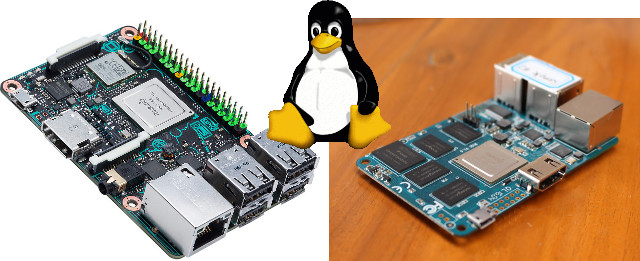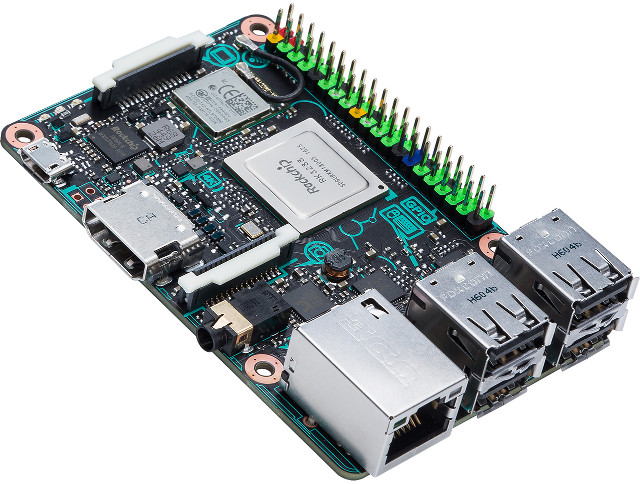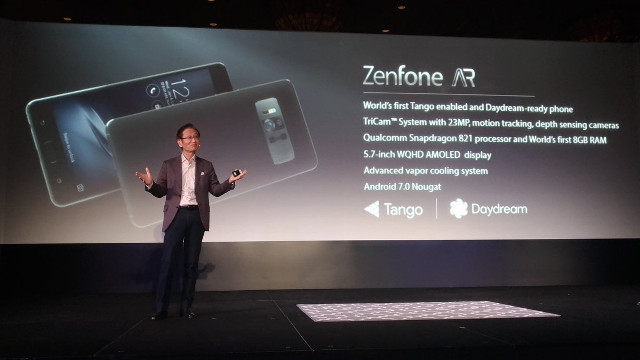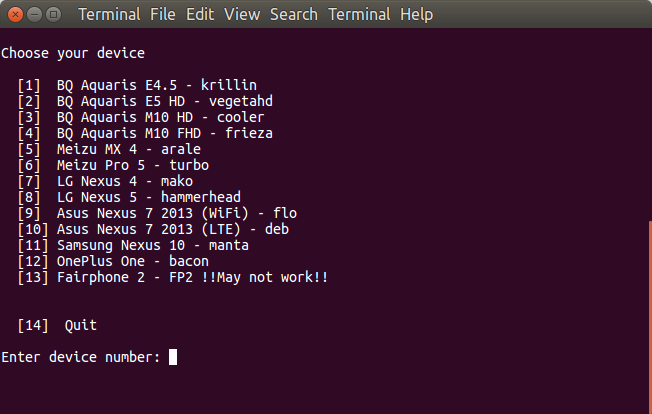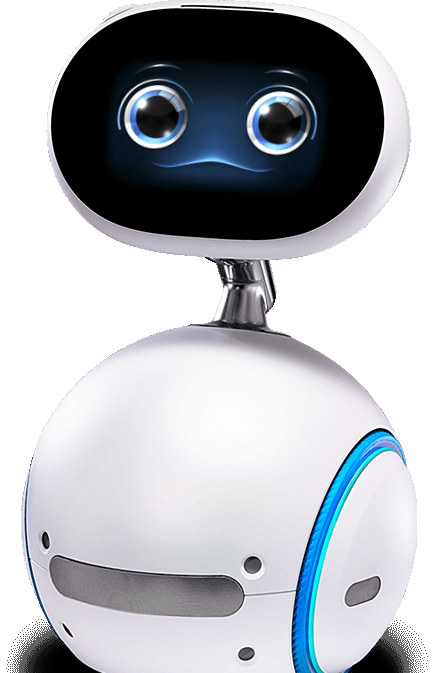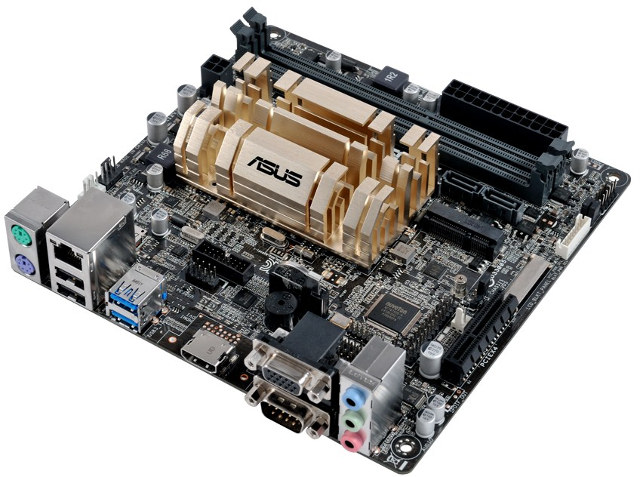Linus Torvalds has just released Linux 4.12: Things were quite calm this week, so I really didn’t have any real reason to delay the 4.12 release. As mentioned over the various rc announcements, 4.12 is one of the bigger releases historically, and I think only 4.9 ends up having had more commits. And 4.9 was big at least partly because Greg announced it was an LTS kernel. But 4.12 is just plain big. There’s also nothing particularly odd going on in the tree – it’s all just normal development, just more of it that usual. The shortlog below is obviously just the minor changes since rc7 – the whole 4.12 shortlog is much too large to post. In the diff department, 4.12 is also very big, although the reason there isn’t just that there’s a lot of development, we have the added bulk of a lot of new header files […]
MQMaker MiQi & ASUS Tinker Boards Get Linux 4.11 with 3D Graphics Acceleration
One day after the release of Linux 4.11, developer “Miouyouyou” has released Linux 4.11 for Rockchip RK3288 platforms such as MQMaker MiQi and ASUS Tinker boards with some patchsets for ARM Mali r16p0 kernel drivers, ARM fbdev, and to improve performance. The kernel has been tested with the Mali User-space r12p0 drivers for fbdev and wayland written for Firefly-RK3288, and some OpenGL ES 3.1/3.2 samples could successfully run on the board. 3D graphics acceleration does not work in X11 however. Miouyouyou also plans to add support for Rockchip VPU code, as well as ARM gator, and document how to use ARM DS-5 Streamline for OpenGL ES 2.x/3.x debugging. If you have a MiQi or Tinker board running Debian, you can try the kernel by adding beta.armbian.com Debian repository to your apt source file, and installing the following packages:
|
1 |
apt install linux-image-dev-rockchip linux-headers-dev-rockchip linux-dtb-dev-miqi |
Via linux-rockchip G+ community. Jean-Luc Aufranc (CNXSoft)Jean-Luc started CNX Software in […]
ASUS Tinker Board’s Debian & Kodi Linux Images, Schematics and Documentation
We discovered ASUS Tinker Board powered by Rockchip RK3288 processor earlier this year via some slides hidden in a dark corner of the Internet… ASUS has been incredibly quiet about it, but as the board has finally started to sell in Europe on sites like CPC Farnell UK, Proshop (Denmark), or Jimm’s (Finland) for the equivalent of $57.5 without VAT or $69 including VAT, and more technology sites have started to write about it. So people have been buying the board, and one even uploaded an unboxing video. One interesting part is the the top comment from the uploader in that video: Currently, a £55 paperweight as I can’t seem to find a link to the OS image anywhere. And indeed, ASUS appears to have launched a board without any support website, firmware image and documentation. Maybe that’s why they are quiet about it. But after using some of my […]
Vapor Cooled ASUS Zenfone AR Smartphone Comes with 8GB RAM, Supports Google DayDream and Tango
ASUS Zenfore AR is an interesting beast, powered by a Qualcomm Snapdragon 821 processor, it’s the first processor I’ve heard to come with 8GB RAM, and also the first to support both Google DayDream virtual reality, and Google Tango 3D depth sensing camera. On top of that, it’s allegedly cooled by an “advanced vapor cooling system”. Zenfone AR (ZS571KL) specifications: SoC – Qualcomm Snapdragon 821 quad core processor up to 2.35 GHz with Adreno 530 GPU System Memory – 6 to 8 GB LPDDR4 RAM Storage – 32, 64, 128 or 256GB UFS 2.0 flash, micro SD/SDCX card slot up to 2TB, 5GB ASUS WebStorage for file, 100GB Google drive for 2 years Display – 5.7″ WQHD (2560×1440) AMOLED display with Gorilla Glass 4, 10-finger capacitive touch Camera Tricam system with 23MP autofocus, motion tracking, and depth sensing cameras (Tango) 8MP front-facing camera with autofocus dual LED flash Video – […]
ASUS Tinker Board is a Raspberry Pi 3 Alternative based on Rockchip RK3288 Processor
Regular readers may remember MQMaker MiQi board, a $35 (and up) development board powered by Rockchip RK3288 quad core ARM Cortex A17 processor, based on Raspberry Pi 3 form factor, but much faster according to benchmarks. Sadly, the board’s crowdfunding campaign was not that successful, possibly because of the “its’ a 2-year old processor” syndrome. But now, Minimachines has found that ASUS has designed a very similar board, dubbed Tinker Board, with an extra WiFi and Bluetooth LE module, audio jack, MIPI DSI connector, and a few other modifications. Asus Tinker Board specifications (bold highlights and strike-through show differences with MiQi board): SoC – Rockchip 3288 quad core ARM Cortex A17 up to 1.8 GHz with Mali-T764 GPU supporting OpenGL ES 1.1/2.0 /3.0, and OpenCL 1.1 System Memory – 2GB LPDDR3, dual channel Storage – 8 or 32 GB eMMC flash + micro SD slot Video output & Display I/F 1x HDMI 2.0 up to 3840×2160@60p […]
Magic Device Tool Helps You Switch Between Android and Ubuntu on Supported Phones
There have only been a few phones released with or supporting Ubuntu so far, and those phones will normally be able to run Android too since Ubuntu Touch relies on Android drivers, and you may decide that Ubuntu is not for you and switch back to Android, or the contrary, if you’ve purchased an Android phone, you may want to install Ubuntu instead. In order to simplify the task of installing operating systems, Marius Quabeck has developed “Magic Device Tool“. As you can see from the screenshot above, 13 phones and tablets are currently supported. You’ll need a computer with Ubuntu 15.04 or greater to install the tool, and I’ve done so on Ubuntu 16.04:
|
1 2 3 4 |
git clone https://github.com/MariusQuabeck/magic-device-tool.git cd magic-device-tool chmod +x launcher.sh ./launcher.sh |
The script will also install phablet-tools if it is not already installed, so if you are not root, you’ll need your account to be member of sudoers. Once the initial setup is done, you’ll […]
Asus Zenbo Smart Home Robot is Looking for Developers
Asus introduced a $599 robot on wheel at Computer 2016. Asus Zenbo features a friendly face which can also be used as a touchscreen display, answer voice commands, take pictures on-demand, and can help you for all sort of task from reading recipes out loud, emergency calls if it detects an elderly person’s fall, to task reminders such as taking medicine, or going to a doctor’s appointment. The robot could also be used for all sort of home automation tasks so as turning on and off lights, so Asus also launched a developer program in order to get more applications leveraging the robot’s capabilities, including Android and web applications using speech recognition, facial recognition, indoor navigation, smart home protocols, etc… Few technical details have been provided so far though. The highlights of ASUS press event do show the robot in action, answering questions, moving around and taking photos. Via Liliputing […]
Jide and Asus Optimized Remix OS 2.0 on a Specific Intel Celeron 3150 mini-ITX Board
Remix OS 2.0 Android port with optimization for desktop use is great on ARM hardware, as in most cases, Linux distributions or Windows 10 don’t really run perfectly on such hardware. Remix OS for x86 could also be an option for your older computer that may feel sluggish with recent desktop operating systems, but would people really run it on newer and faster x86 hardware as their main OS? Jide and Asus actually think there’s a market here, and both companies collaborated to optimize Remix OS 2.0 for Asus N3150I-C mini-ITX motherboard powered by Intel Celeron N3150 processor. For reference, I’ll list the main specifications of Asus N3150C-I motherboard: SoC – Intel Celeron N3150 “Braswell” quad core processor @ up to 2.08 GHz with Intel HD Graphics Gen8 @ up to 640 MHz – 6W TDP System Memory – 2x U-DIMM up to 8GB DDR3 1600/1066 MHz Non-ECC dual channel […]



